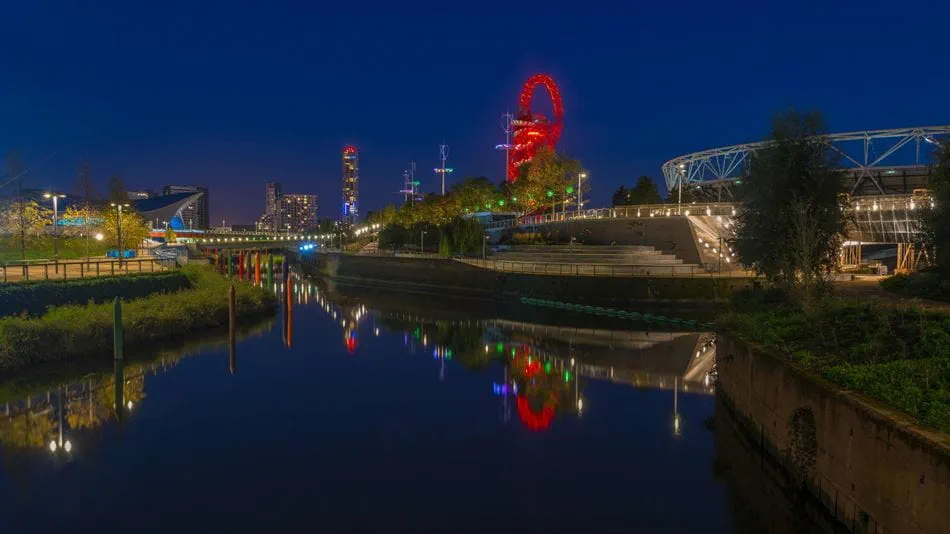Closer to the action through virtual reality and live sites
The London 2012 Live Sites generated real excitement and enabled more people to get into the spirit of the Games. Advances in hand-held technology, virtual reality and streaming media will enable spectators to tune into any number of live sports, get guided tours of venues or experience being at the virtual trackside with their favourite athletes. Formula-e Motor Racing is a great example, with the use of 360-degree cameras, live streaming of races, almost instant highlights and even the opportunity for fans to ‘vote’ to give their favourite drivers an additional boost of power.
Flexible, temporary venues
Arup predicts that most major event venues will be temporary in the future, allowing land to be swiftly released for redevelopment after the Games. More affordable – off-the-shelf or pre-engineered sporting venues will significantly reduce cost. The report also highlights that reduced venue capacities can bring significant savings, with smaller facilities resulting in fuller capacities and a better atmosphere for fans.
New financial models
Cities are cautious about bidding for major sporting events, with Boston, Hamburg, Rome and Budapest pulling out of the running for the Olympics and Los Angeles seeking an advance from the International Olympic Committee. New ‘value’ focussed financial models are emerging, which should be encouraged. Investment in regeneration can drive huge increases in surrounding land values. This model would see a percentage of this increased land value returned and put towards the cost of infrastructure. Another approach is tax increment financing (TIFs), which diverts future property tax revenues towards upfront infrastructure investment.
Headlines about the cost of major events focus on the overall figure but, planned well, much of the investment can be in transformational city infrastructure and regeneration which may well have been needed anyway. This cost could be taken off the balance sheet, to reveal a ‘true cost of hosting’ which focuses specifically on the venues, security, marketing and other direct costs.
The socio-economic value of community engagement, neighbourhood investment and increased mobility is rarely incorporated in cost-benefit modelling of event planning. Yet the boost to the economy derived from increased social mobility and long-term employment can significantly outweigh many upfront costs if event planning is led by such outcomes.
Streamlined transport
The greatest single risk to the successful legacy of a major event is the potential disruption it can bring to the daily life of a host city. A combination of new technologies, greater use of data and more effective management will reduce cost, improve experiences for residents and visitors and strengthen the long-term resilience of host cities. Examples include the idea of ‘logistics hubs’ outside city centres, where deliveries can be consolidated so that they minimise the number of trips required, reduce emissions and congestion and load packages onto smaller, electric vehicles. London 2012 also saw the adoption of a highly efficient multimodal ‘transport coordination centre’, as well as greater use of travel planning apps. Arup expects most host cities to explore ways of using predictive modelling tools, data analysis, mobile apps and live updates to deliver smooth running transport and logistics.
Creating a resilient legacy
The report urges cities to see the Games as a catalyst to help them tackle the major challenges they are facing – such as rising air pollution; energy shortages; housing shortages and an increasing number of extreme weather events. Rather than focusing on event related sustainability outcomes, such as reducing energy use during sporting events – the report recommends it is used as an opportunity to scale up and accelerate ambitions having a long-term impact. For example, this could involve helping cities establish their own localised energy, cooling and water systems.
 Kate Adlington
Global Press Office,London
Kate Adlington
Global Press Office,London

